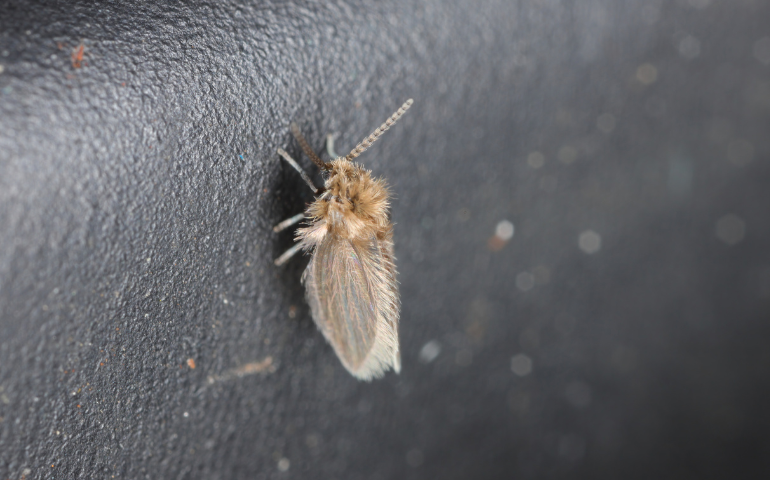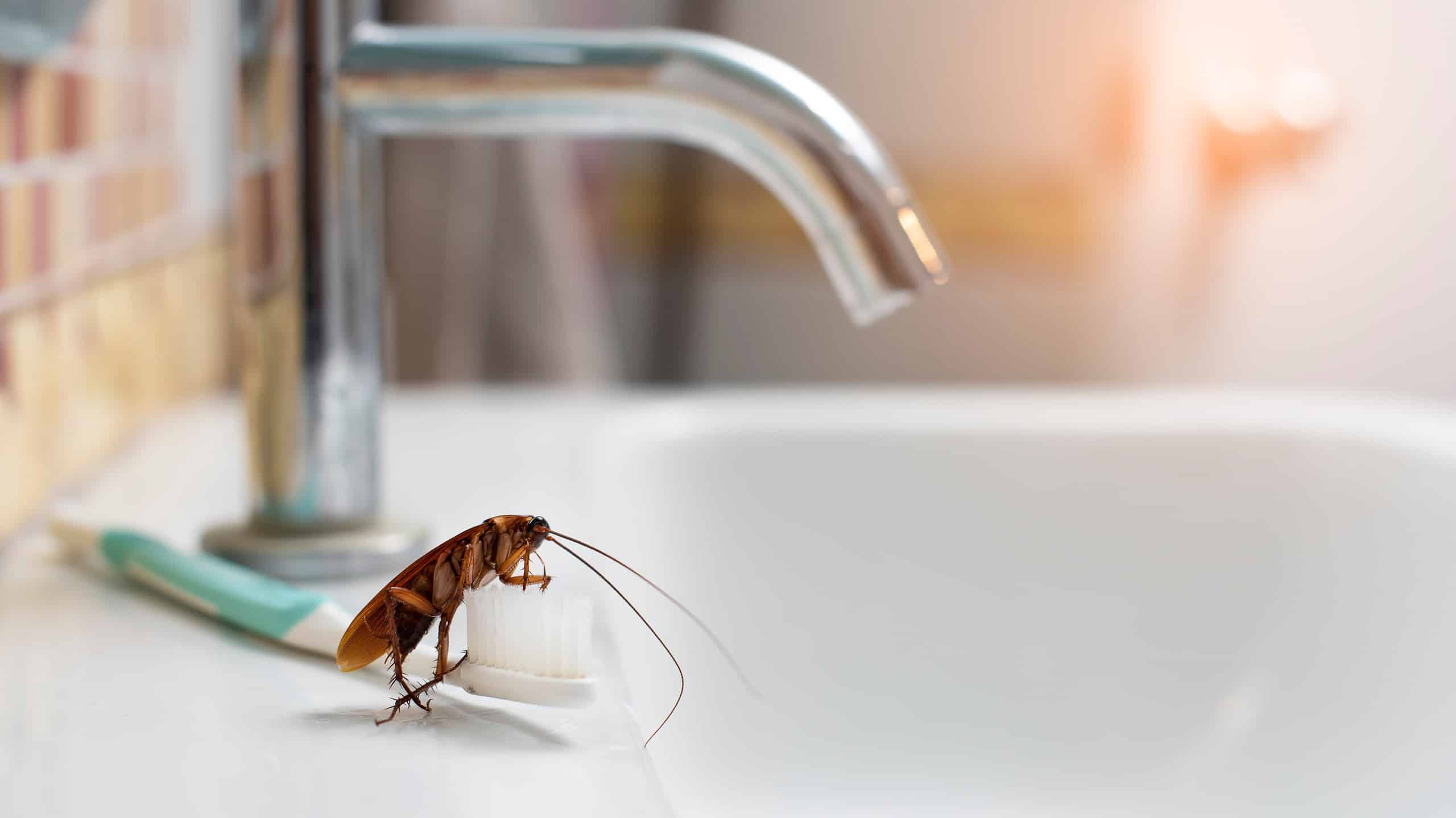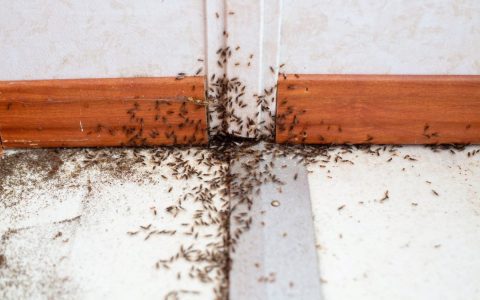Common Small Brown Bugs in Bathrooms and Their Causes
The presence of small brown bugs in a bathroom is typically linked to high moisture levels, organic debris, or mold growth. Identifying the specific type of bug is key to effective control.
Drain Flies (Psychodidae)
Description: These are small, fuzzy insects, often light brown to grey, resembling tiny moths. They have characteristic leaf-shaped, hairy wings held over their body when at rest. Typically 1.5 to 5 mm long.
Cause: Drain flies breed in the gelatinous organic film and sludge that accumulates in sink drains, shower drains, and toilet overflows. Adults emerge from these sites and are often seen on walls near plumbing fixtures.

Booklice/Psocids (Psocoptera)
Description: Very small (1-6 mm), soft-bodied insects, ranging from translucent white to grey or light brown. They may be wingless or winged. Despite their name, they are not true lice and do not bite humans or pets.
Cause: Booklice feed on microscopic mold, mildew, and fungi. High humidity in bathrooms creates ideal conditions for mold growth, attracting these insects. They can be found on damp walls, near plumbing, or in any area where moisture allows mold to flourish.
Foreign Grain Beetles (Ahasverus advena)
Description: These are tiny (2-3 mm long), reddish-brown, flattened beetles. Their antennae have a distinct three-segmented club at the tip.
Cause: Foreign grain beetles primarily feed on molds and fungi. In bathrooms, they are often associated with new construction where building materials might still be damp, or in areas with chronic moisture issues such as persistent leaks, poor ventilation leading to condensation, or damp wood.
Springtails (Collembola)
Description: Minute (0.25-6 mm), wingless insects that vary in color, including brown. They possess a forked appendage (furcula) tucked under their abdomen, which allows them to jump when disturbed, giving them their name.

Cause: Springtails thrive in very damp environments and feed on mold, mildew, and decaying organic matter. In bathrooms, they are commonly found near leaky faucets, in damp areas under sinks, around shower bases, or where condensation frequently accumulates.
General Control and Prevention Strategies
- Reduce Moisture: Use an exhaust fan during and for at least 30 minutes after showers or baths. Promptly repair any plumbing leaks. Consider using a dehumidifier if ambient humidity remains high.
- Clean Drains Regularly: Mechanically scrub drains with a stiff brush and use appropriate drain cleaning products to eliminate organic buildup where drain flies breed.
- Eliminate Mold and Mildew: Clean all visible mold and mildew with suitable cleaning solutions. Address the underlying moisture source to prevent regrowth.
- Seal Entry Points: Seal cracks, crevices, and gaps around pipes, baseboards, and tiles with caulk to reduce hiding spots and entry routes.
- Maintain Cleanliness: Regularly clean the bathroom, ensuring surfaces are dried, to remove potential food sources and discourage pest harborage.










